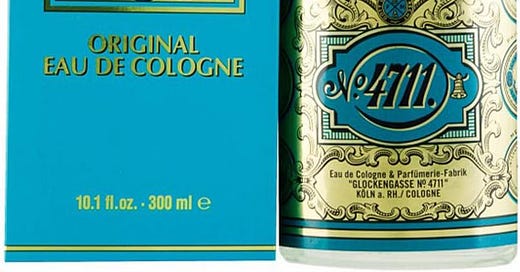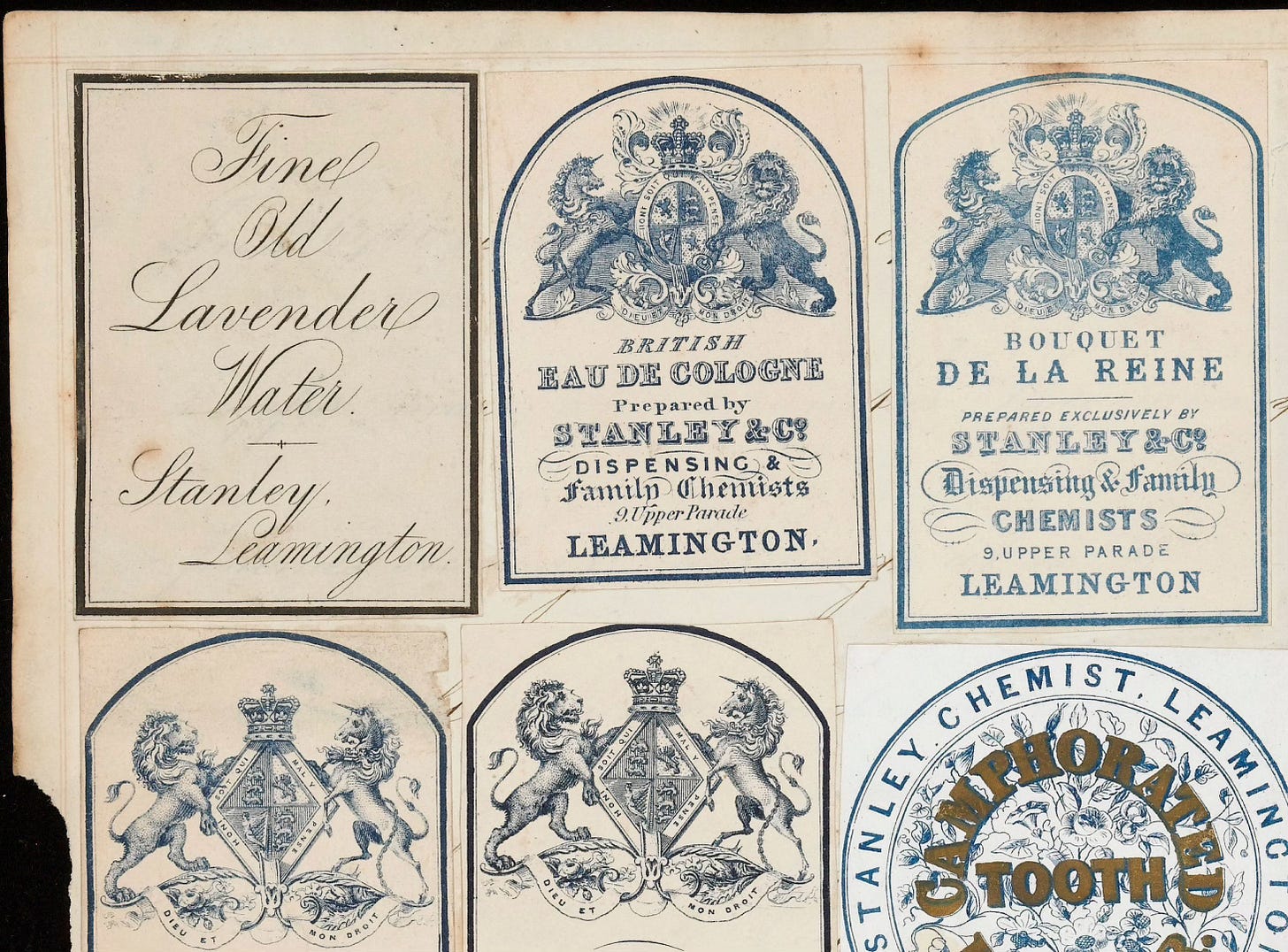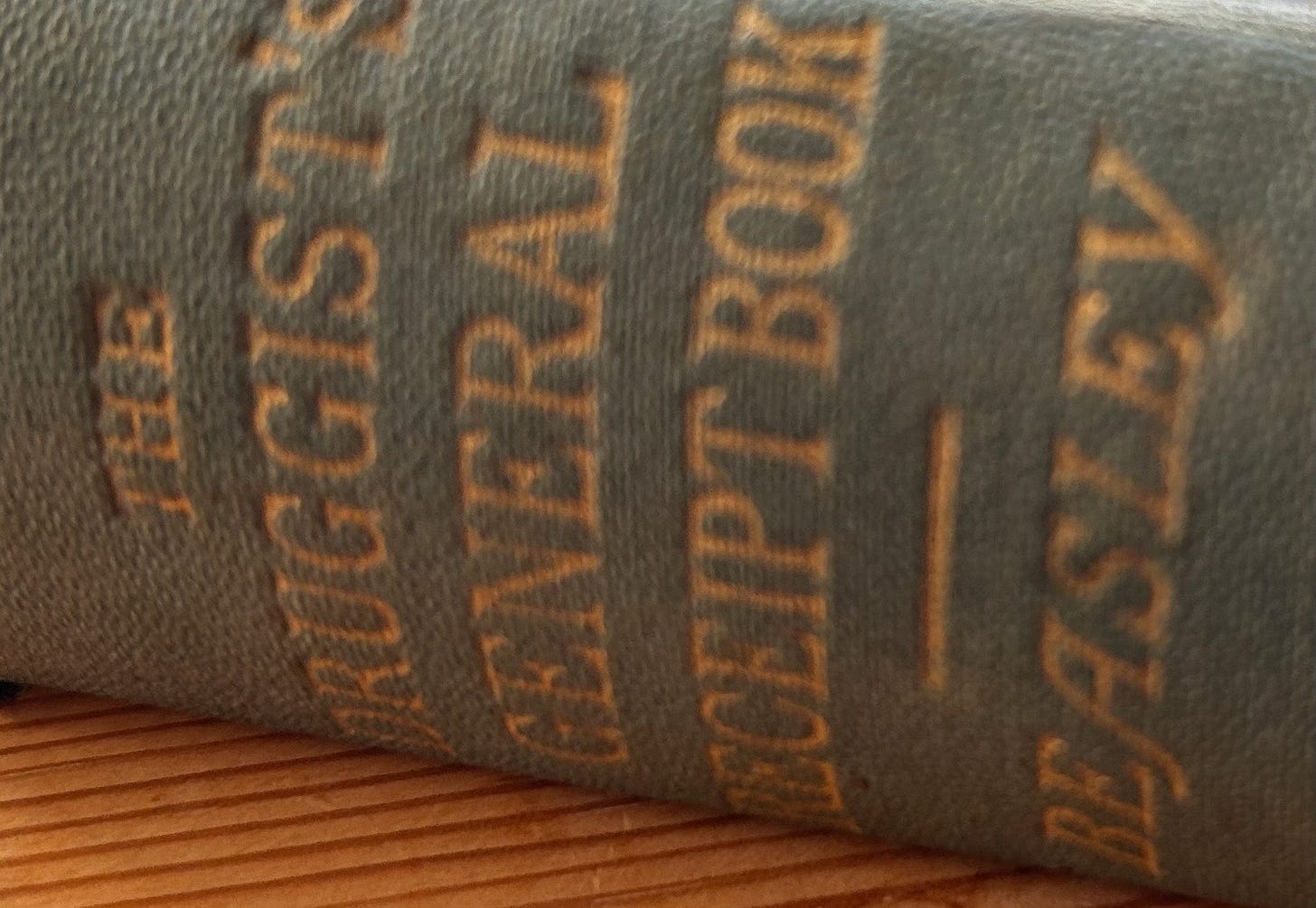Making Recipes: Eau de Cologne and Aromatic Compound Waters
Discover the history of Eau de Cologne, and see a selected recipe with a magic ingredient
I grew up familiar with Eau de Cologne, mostly it came in bottles labelled as 4711, and it had a pleasing citrusy scent and was usually available at Woolworths. This was an aroma that I associated with my grandparents and the blue and gold bottle label could be easily spotted on a shelf. In this article I outline some background on this wonderful aromatic preparation and the creation of my own version of Eau de Cologne with a magic ingredient.
Where does Eau de Cologne come from?
Eau de Cologne is recorded as a perfume in the Oxford English Dictionary in a quote of 1802, ‘The Ladies most frequently have their Baths perfum'd with Eau de Cologne, Rose Water, or some perfume of that kind’. However, the Eau de Cologne was originally a compound distilled water with an earlier history based on a recipe used by an Italian grocer Giovanni Pablo Feminis. He passed the recipe on to his great grand-nephew, a perfumer in Germany named Giovanni Maria Farina (1685 - 1766, also known as Jean-Marie Farina). Farina adapted the recipe containing essences of oranges, lemons, grapefruit, bergamot and other flowers and fruits to be ‘reminiscent of a beautiful spring morning’. The aromatic compound water became a celebrated and successful product reputedly used by royalty and later by Napoleon. From 1709 another aromatic water named as Eau de Cologne was prepared by the Mülhens family in a factory in Cologne. The Farina and Mülhens families disputed the use of the name ‘Eau de Cologne’ and a number of different versions proliferated for several hundred years. The label 4711 was introduced in the eighteenth century and is based on the location number of a factory worked by the Mülhens family.
Labels for 4711 still on sale today
Possible links with aqua mirabilis
Some writers have linked Eau de Cologne with an earlier preparation known as aqua mirabilis (‘miracle water’, ‘admirable’ or ‘wonderful water’) which was based on a distillation of wine or brandy with aromatic spices. This preparation was well-recognised by apothecaries and physicians of the 17th century, particularly known as a carminative or cordial water that had helpful properties for the digestion. The expert on distillation, John French, in The art of distillation (1651), recorded that:
‘Aqua mirabilis is made thus,
Take a dram each of cloves, galangal, cubebs, mace, cardamum, nutmeg, and ginger; half a pint of the juice of sallendine; a pint of the spirit of wine; three pints of white wine. Infuse all these 24 hours, and then distill off two pints by alembic. This water is very good against wind in the stomach and head.’
Health claims for compound waters such as aqua mirabilis
According to the eighteenth-century physician John Quincy (1730, p.370) the preparation of aqua mirabilis‘breaks the Wind off the Stomach, and disperses Flatulencies’. Most of the ingredients that he listed were expensive imported spices to Europe and the product would have been a costly item. The exception was ‘sallendine’ which may have been lesser celandine, a sort of buttercup. Quincy noted that many fraudulent versions of aqua mirabilis were made including a cheap and inferior version using the pimento or chilli pepper. In my historical recipe research I found that the name aqua mirabilis was also attached to many handwritten recipes in early modern household collections. In the later seventeenth century. Margaret Boscawen of Cornwall copied out a recipe for it with a comment 'a very good water to be maide'. These household recipes often included long lists of flowers and herbs, such as borage, cowslips, marigolds, melilot, and all were characterised by the inclusion of a range of expensive spices such as cinnamon and saffron. Household recipes of this sort were eagerly collected and exchanged, and were probably only used in larger wealthy households as they would have required costly equipment for distillation. It is likely that the early versions of Eau de Cologne were popular because, like aqua mirabilis, they were thought to contribute to health.
Later versions of Eau de Cologne
The popularity of Eau de Cologne led to numerous alternative versions being produced by competitors. Although compound distilled waters may have their origins in concerns about health, the aromatic alcoholic preparations of Eau de Cologne were later marketed as perfumes rather than a health preparations. This was partly due to regulations introduced in the early nineteenth century which required apothecaries to disclose their secret formulae for medicines. Supplies of Eau de Cologne wwere in high demand in Great Britain and imported from Europe. However, in the twentieth century, war with Germany led to criticism of such luxury items and efforts were made to source a British version, or at least something originating elsewhere such as from France. According to Jess Clark, claims for these preparations were increasingly focused again on health, drawing attention to the cleansing and refreshing properties. More recently, in the late 20th century, the brand of 4711 was sold and eventually taken over by Procter and Gamble, a North American firm. It has since been purchased by a German manufacturer of perfumes and personal care products, Mäurer and Wirtz, and is still sold today.
British Eau de Cologne (central top label), from a set of labels from Stanley and Co. chemist shop, Leamington. Source: Wellcome Collection.
The nature of Eau de Cologne
Typically, the recipes for Eau de Cologne that I have found in printed books from the nineteenth century onwards were based on distilled extracts of plants, whether called essences or essential oils, and sometimes a distilled floral water was included. The characteristic fresh smell of Eau de Cologne is largely due to the citrus-like components distilled from plant materials such as bergamot herb, lemon rind, orange rind, neroli or orange blossom, rosemary herb and petit grain (orange leaves and twigs). The distilled extracts are highly volatile components and so the fragrance can be short-lived. The use of essential oils effectively offers a shortcut to making this lovely aromatic compound water. The recipes generally include the use of rectified spirit or a full-strength alcohol, and thus are not for internal use, this being a solvent which is ideal for dissolving aromatic constituents.
Alternative recipes for Eau de Cologne
By the nineteenth century the Eau de Cologne preparation was wholly made by combining essences or essential oils, rather than distillation of original plant materials. There were many different versions. Some years ago I obtained a copy of Henry Beasley’s (1878) The druggist's general receipt book, and therein discovered five different variations on the Eau de Cologne recipe. The following recipe for Dr Granville’s Cologne water makes a substantial quantity of about a gallon.
..... English oil of lavender, oil of bergamot, oil of lemon, oil of neroli, of each 1 oz, oil of cinnamon 1/2 oz, spirit of rosemary and spirit of balm, of each 15 oz, highly rectified spirit 7 1/2 pints. Let them stand together for 14 days, then distil in a water-bath. (Beasley, p.212)
Beasley, Henry. 1878. The druggist's general receipt book
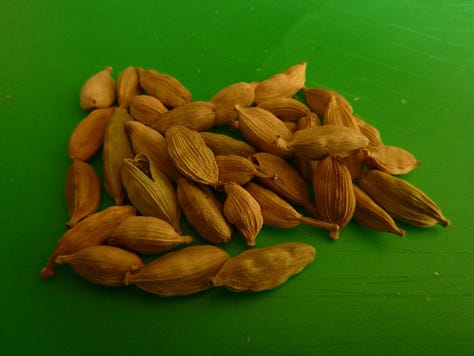

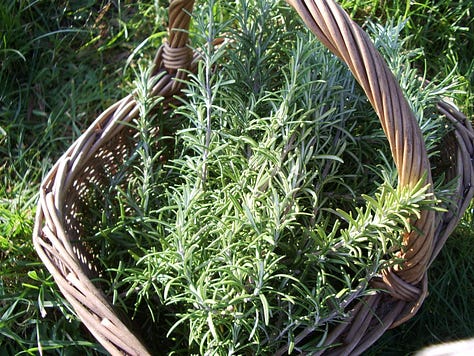
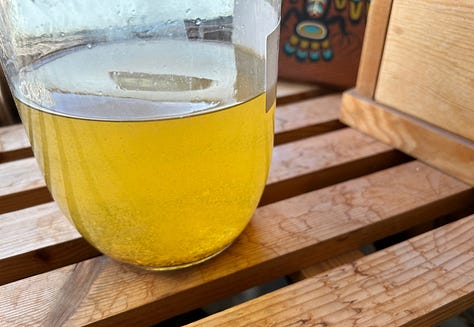

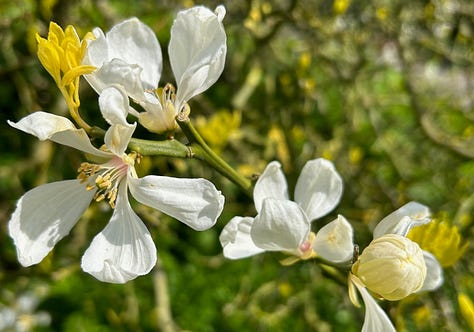
From top left to right: cardomom seeds, essential oils, rosemary herb, making eau de cologne, spray caps, citrus flowers
Try my recipe for Eau de Cologne with a magic ingredient!
I adapted one of the various recipes for Eau de Cologne that I found in Beasley and here is the result. It is based on essential oils measured in drops and makes a smaller quantity of about a litre, perfect for distributing into smaller glass bottles. I like to save spray bottles such as those of Weleda deodorant and reuse them, but you can purchase glass bottles with spray fittings. Note the extra 'magic' ingredient in this recipe is cardamom seed which I love to use. The crushed cardamom seed acts in the manner of a fixative, prolonging the scent somewhat, and helping the various powerful aromas to meld together.
Easy Eau de Cologne recipe
Cardamom seed 25 grams
Bergamot essential oil 25 drops
Lemon essential oil 25 drops
Neroli essential oil 25 drops
Orange peel essential oil 25 drops
Rosemary essential oil 25 drops
Alcohol (90%) 600 ml
Water 200 ml
Orange flower water 200 ml
Separate the small cardamom seeds from their capsules and crush them lightly in a pestle and mortar. Place the crushed seed in a glass jar (a large Mason or Kilner jar works well). Add the alcohol, taking care as this is highly concentrated. Add the essential oils stirring well after each one. Finally stir in the orange flower water and water. Add the lid, label, and stand on a windowsill for 4-6 weeks, stirring daily. Then filter the mixture through fine muslin (coffee filter papers work well), and bottle and label. This delightful aromatic compound water is for external use only. It will keep for at least two years. It can be used as a pick-me-up and refreshing splash, deodorant spray, room freshener.
Final thoughts on Eau de Cologne
The alcohol strength is quite high in order to disperse the essential oils, and it would be wise to dilute further if used on the skin. This preparation is not for internal use! For making Eau de Cologne, if you have difficulty obtaining alcohol of full strength then try substituting the alcohol and water (800 ml altogether) with the equivalent amount of vodka or gin which is around 40% in alcohol strength. If the essential oils do not disperse readily, do not despair, just keep shaking the jar!
REFERENCES
Beasley, Henry. 1878. The druggist's general receipt book. 8th ed. London: J and A Churchill.
Clark, Jess. 2019. ‘Winning the war with Eau de Cologne’, available at Recipes Hypotheses Project, https://recipes.hypotheses.org/14952.
Cox, Nancy and Karin Dannehl. 2007. Dictionary of Traded Goods and Commodities 1550-1820, available at British History Online, http://www.british-history.ac.uk/no-series/traded-goods-dictionary/1550-1820/eatables-eaves-lath.
French, John. 1651. The art of distillation: Book II. London: R Cotes for T. Williams.
Quincy, John. 1730. Pharmacopoeia officinalis and extemporanea. 8th ed. London: J Osborn and T Longman.
Stobart, Anne. 2016. Household medicine in seventeenth-century England. London: Bloomsbury Academic.
Note from the author of Medicinal Tree Woman
This is the first of a series of posts based on my ongoing exploration of aromas and herbal preparations, some were made and sold as body care products in the past. I am working on the inside story on making herbal remedies and products which I aim to be compiling for a future book. These experiences of making and using plant extracts will be included in future posts for paid and founding subscribers!


